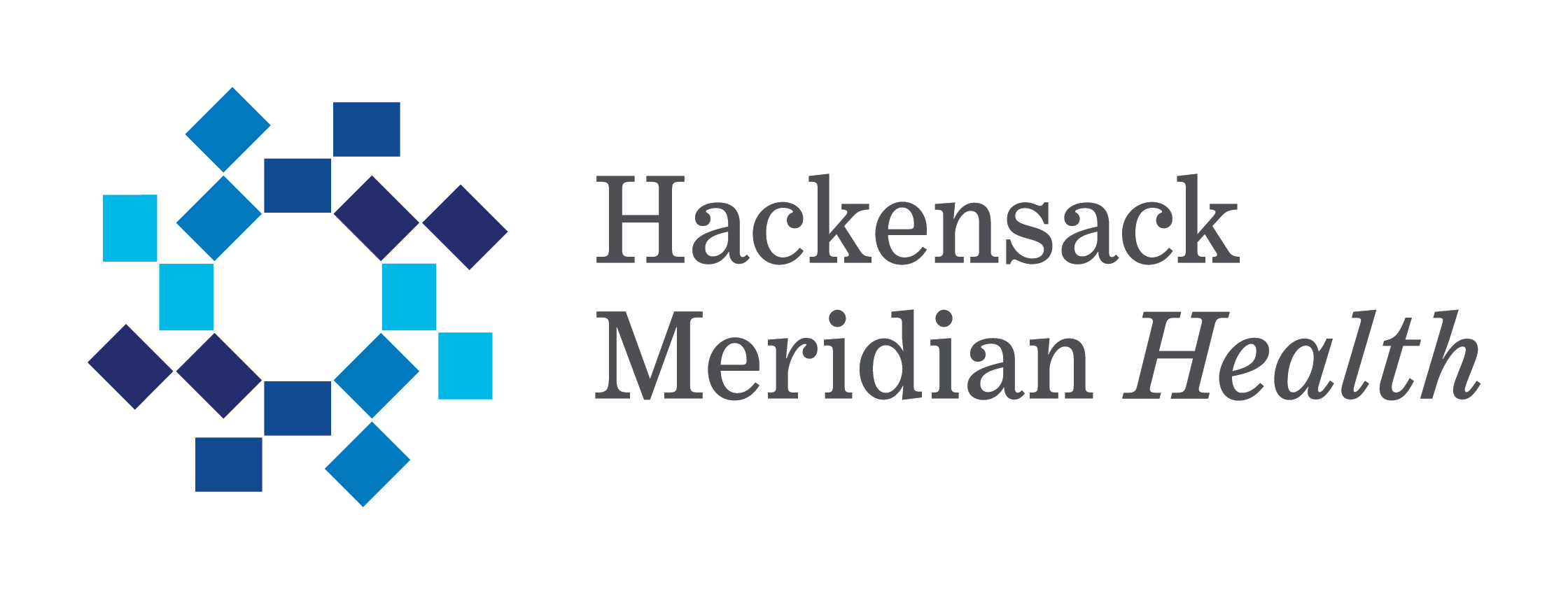Newswise — Migraine affects more than 38 million Americans and is the 3rd most common condition worldwide. However, despite such a vast number of sufferers there has been a significant lag in the development of migraine treatment options. There have been no new migraine-specific medication options to come to market in over 20 years. Even the last category, triptans, were directed toward treating individual headache attacks, not preventing future attacks. It is these factors which make the upcoming and long anticipated release of the calcitonin gene related peptide (CGRP) drugs very exciting. Up to this point all of the drugs which have been used for migraine prophylaxis (where the goal of therapy is to reduce the frequency and severity of attacks), have been medications which were “borrowed” from other drug categories such as those used to treat depression, blood pressure, seizures, etc. None of them were designed to target migraine directly.
CGRP plays an important role in migraine pathophysiology and by blocking the molecule and its receptor we are potentially treating one of the underlying mechanisms of migraine, rather than using a broad spectrum medication. This new specific target may benefit patients significantly since many of them have suffered for years and have tried, failed, and/or not tolerated the current available treatment options. In addition, the side effect profile is considered to be more favorable with the most common being injection site redness/irritation. Furthermore, unlike other monoclonal antibodies which are used to treat other conditions, there is no suppression of the immune system with CGRP.
As with all preventative medications, it is important to continue to keep realistic expectations. Migraine is a very multifaceted and multifactorial neurological condition. The underlying cause of migraine is genetic however there are many factors that can influence the course migraines will take. For example, we know that patients with anxiety or depression, sleep disorders, and medication overuse headache are likely to have more frequent headaches that are more difficult to treat. It is therefore important to understand that even with these new possible “game-changer” medications patients may not be “cured” of their migraines, but rather better controlled. We aim to see at least a 50% reduction in migraine frequency, which for some patients, particularly those who suffer from near daily headache, that’s a major improvement.
With the development of new migraine medications, specifically those aimed to treat migraine by affecting its pathophysiology, we are entering a new realm of potential treatment.
About Dr. Regina Krel
Hackensack Meridian Health Hackensack University Medical Center is pleased to announce the addition of Regina Krel, M.D., at the Headache Center in the Neuroscience Institute and Department of Neurology.
“With her extensive background specializing in headache care, Dr. Krel is an excellent addition to our team furthering our focus on patient-centered comprehensive care,” said Florian Thomas, M.D., chair of the Neuroscience Institute and the Department of Neurology and director of the Multiple Sclerosis Center at Hackensack University Medical Center.
Board certified in neurology, Dr. Regina Krel will also be joining the faculty of the Department of Neurology at Seton Hall-Hackensack Meridian School of Medicine. She comes to Hackensack University Medical Center having previously directed headache care in a neurological group practice in Boston, MA. Prior to that she completed a prestigious Headache Medicine Fellowship at Harvard University’s Brigham and Women’s Hospital. Dr. Krel grew up in New York and completed her undergraduate degree in Biology at St. John’s University in Queens, NY. After obtaining her medical degree at the American University of Antigua she trained in Neurology at Stony Brook University Hospital, where she served as chief resident.
Dr. Krel has multiple publications in the subject of headache management, including the article titled “A retrospective analysis of triptan and DHE use for basilar and hemiplegic migraine” in the official journal of the American Headache Society, “Headache- The Journal of Head and Face Pain.” She has also published on the topic of headache management in women with her book chapters, “Seeing Spots” and “Headache”, in the book Women's Neurology (What Do I Do Now?).
“Successful headache treatment must focus both on the acute and the chronic aspects of pain and I am excited to help build a comprehensive Headache Center in the Department of Neurology and the Neuroscience Institute to do so,” said Dr. Krel.
While in many patients headache is not connected to other medical problems, in some it is associated with multiple sclerosis, depression, concussion and other chronic forms of pain, all conditions for which there are experts working in the Institute. Patients have easy access to an infusion center for acute attacks of headache, as well as to therapeutic Botox injections, nerve blocks, and to psychological counseling to help them deal with the emotional impact of recurrent and chronic pain.
The Neuroscience Institute at Hackensack University Medical Center provides a comprehensive support system to help patients live life to the fullest. In this spirit, we have recruited a neuropsychologist and a counseling psychologist to work interprofessionally with the Neuroscience team. They will address the emotional and cognitive issues associated with neurological disorders. This comprehensive team approach is to help patients live life to the fullest.
